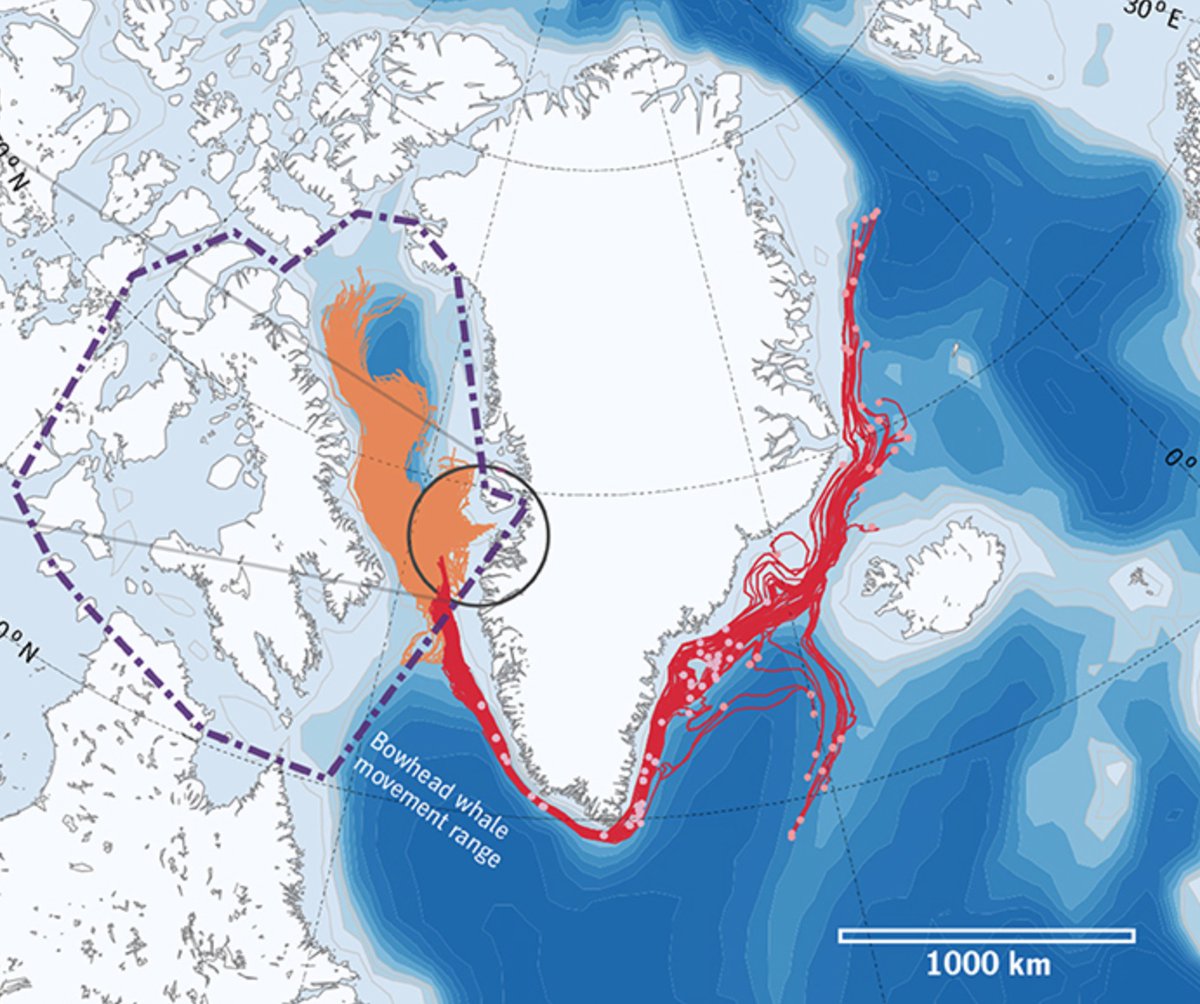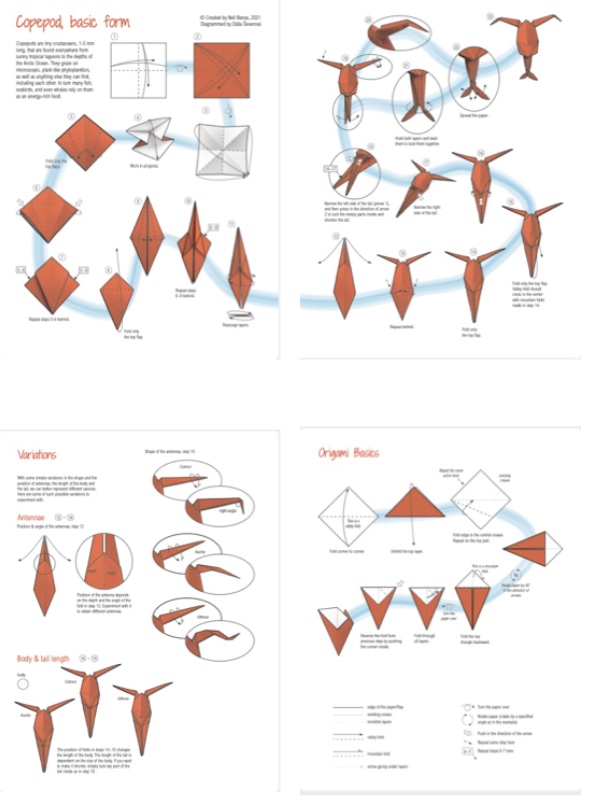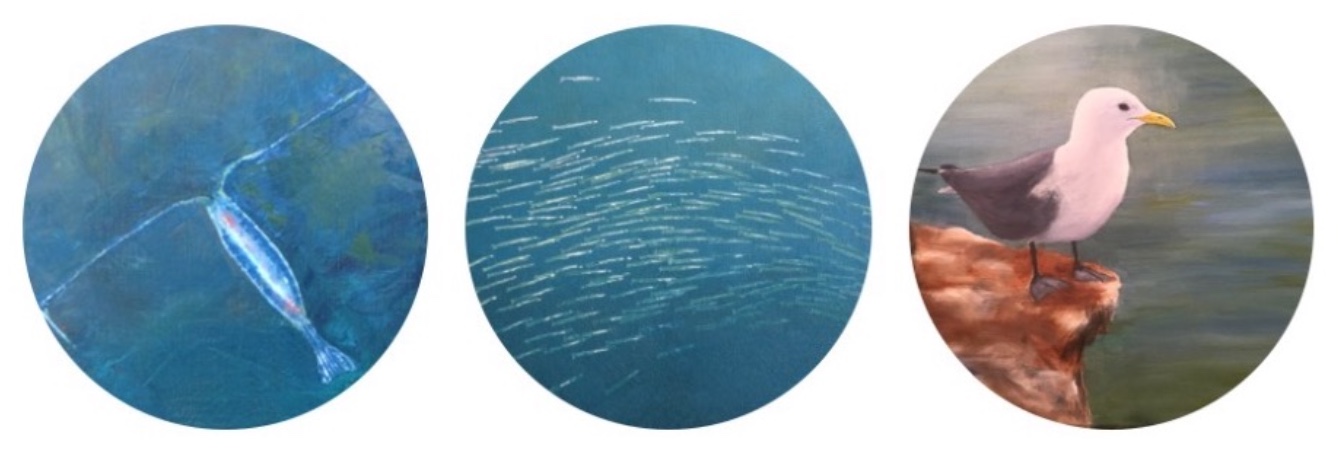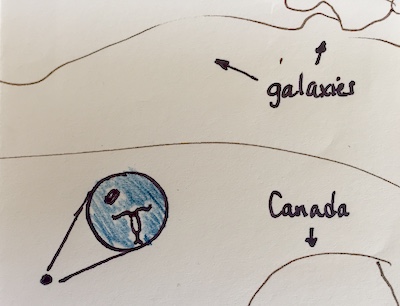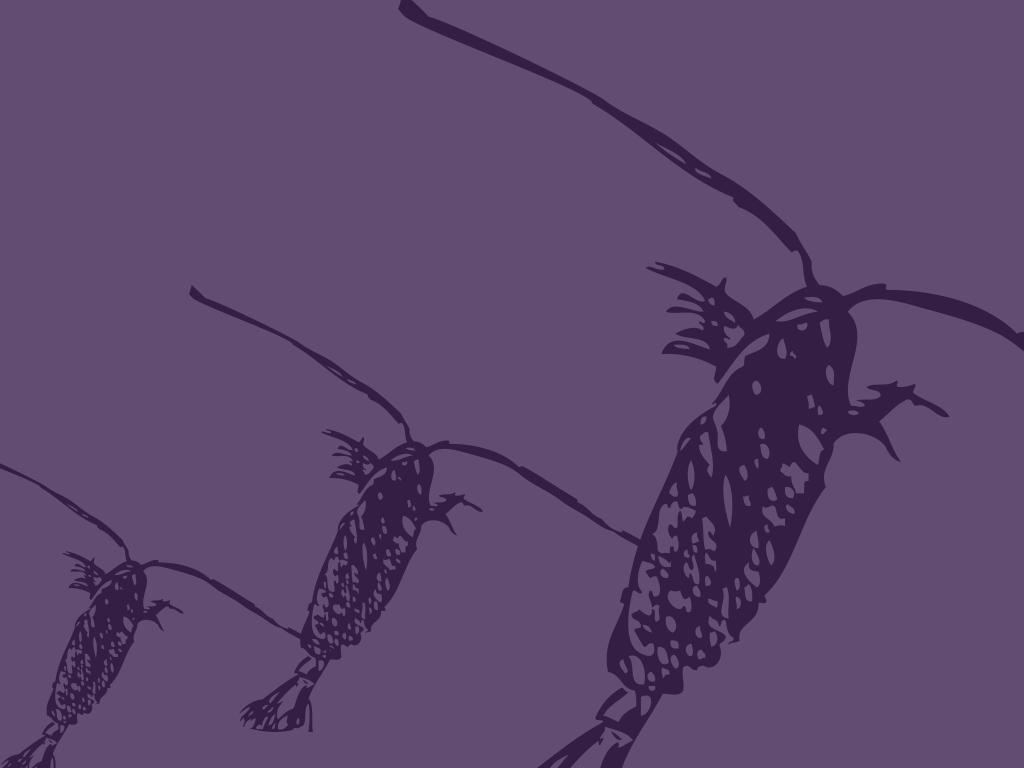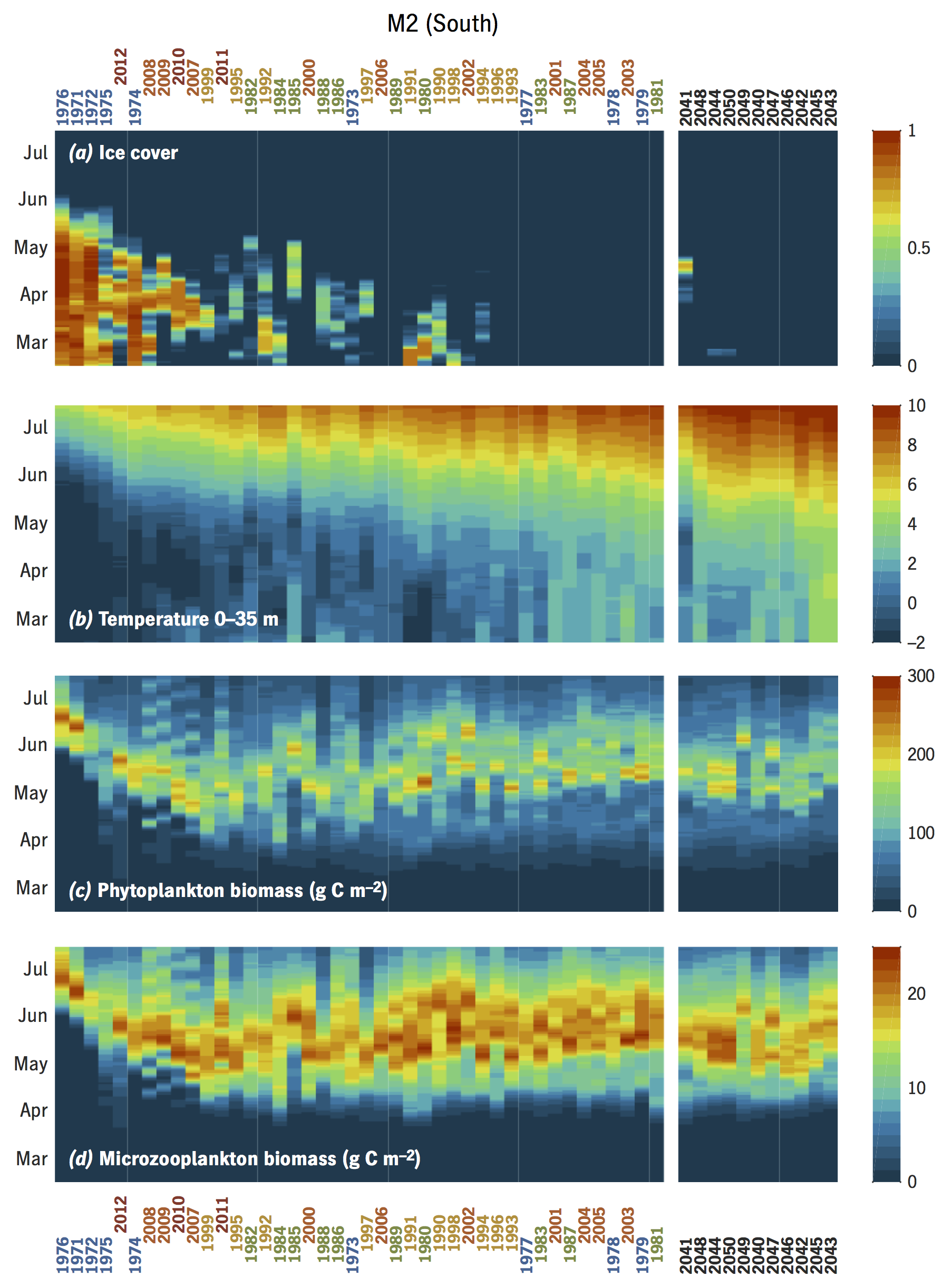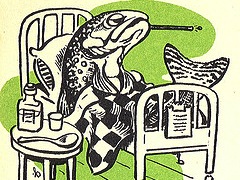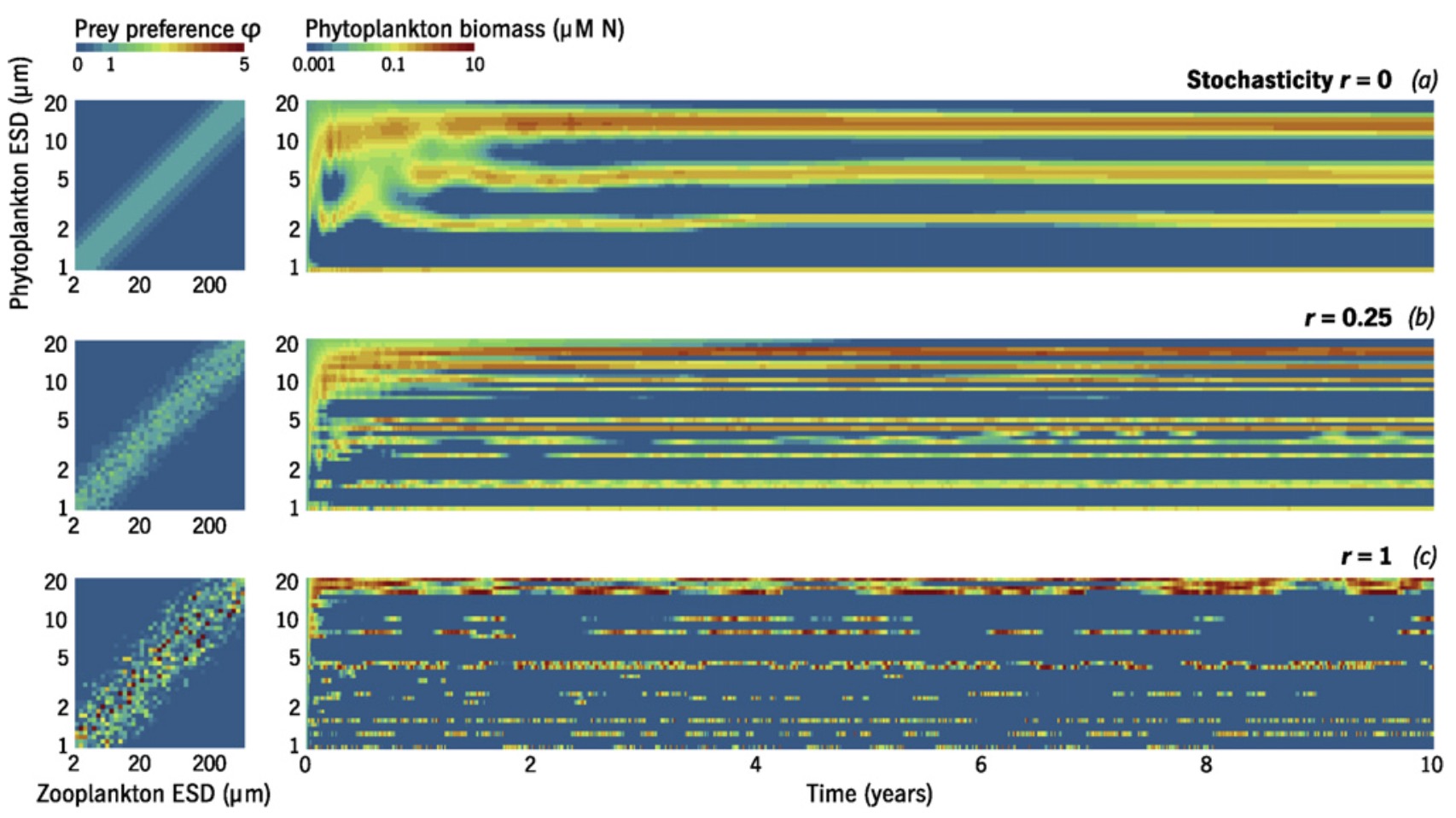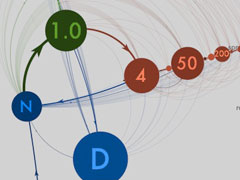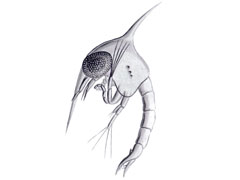The Eastern Bering Sea hosts extremely rich pelagic and benthic fisheries, and also experiences strong interannual variation in both fisheries recruitment and the underlying physics and plankton biology. This paper…
Bowhead whales and plankton teleconnections
Disko Bay, West Greenland is at the end of oceanic “rivers” of Calanus copepods (red/orange lines below) that enter the bay in winter, still in diapause. They form a really dense, deep layer, and bowhead whales come from a wide area (purple) to eat them. So how much of the Calanus standing stock do the … Read more
